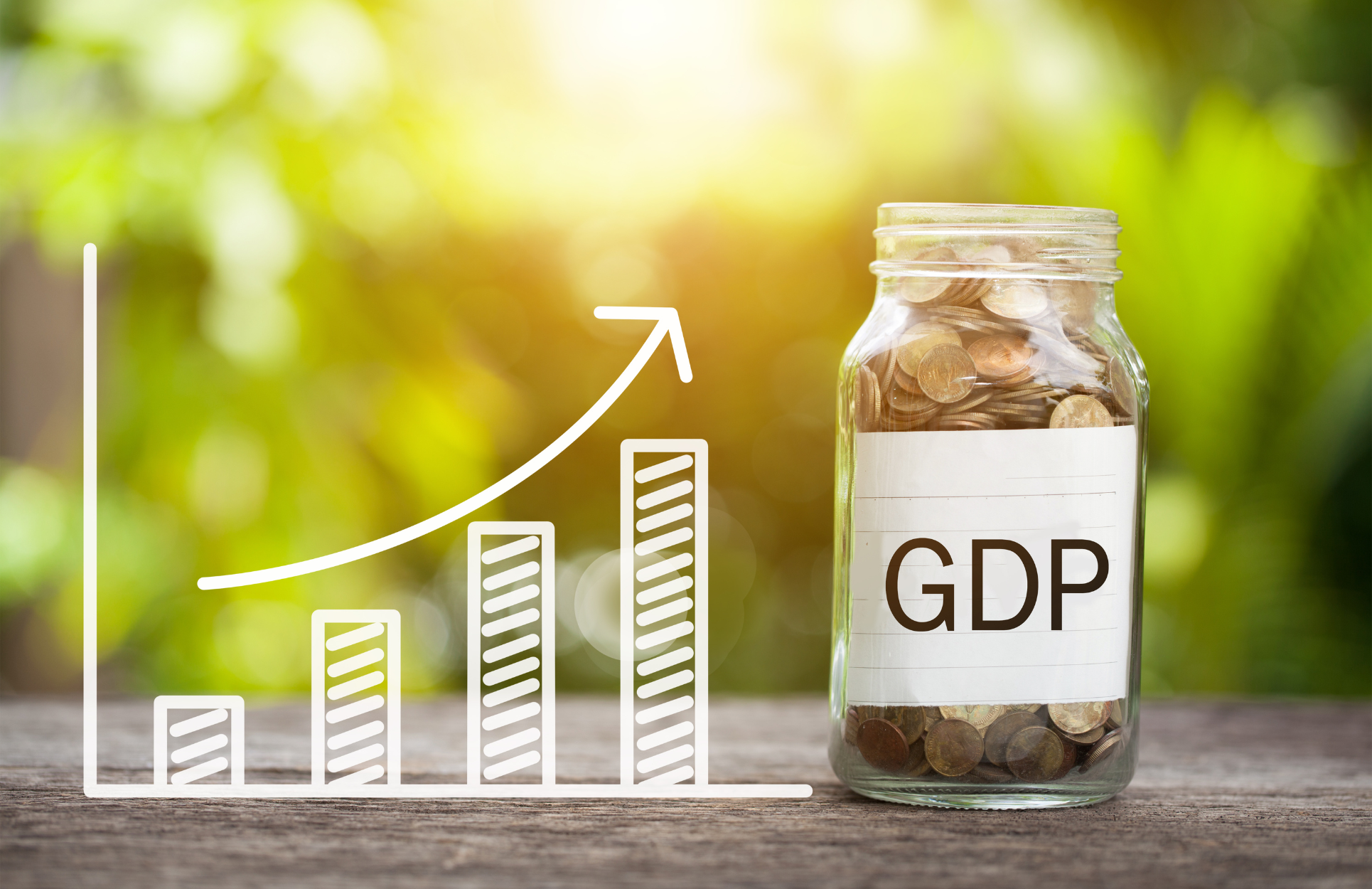 James Fisher, with inputs from within the COVID-19 workstream, discusses the potential drawbacks of using economic growth as the primary lens through which government policy decisions are made.
James Fisher, with inputs from within the COVID-19 workstream, discusses the potential drawbacks of using economic growth as the primary lens through which government policy decisions are made.
Economic growth over the last 70 years has led to unprecedented improvements in living standards, as measured by things like access to food and clean water, life expectancy, material possessions.
However, a focus on GDP alone is unlikely to maximise human wellbeing, especially when looked at over the medium or long term. This article considers some of the reasons why.
Incorrect assumption that “more stuff equates to more happiness”:
Too simplistic – GDP summarises all economic activity into a single figure, with no distinction between activities that increase or reduce the overall happiness and wellbeing of a society. There are activities that arguably have negative societal impacts, such as smoking and gambling addiction, but contribute to GDP. For an extreme example, an oil spill in the ocean would require resources to clean up and therefore increase GDP but come at a massive environmental cost and be damaging to the local community.
Therefore, economic growth alone does not tell you whether it has come from good or bad sources.
Economic growth in its current form is achieved by running down stocks of finite natural resources, such as minerals, forests, fish stocks. As there is nothing in the reporting to monitor such stocks, there is no incentive to preserve them. Such resource depletion is not sustainable over the long term. The only framework in which economic growth could be possible over the long term is one in which the amount used each year is equal to the amount that is replaced.
There is often a trade-off between efficiency and resilience. For example, if a national health service is running at full capacity it is likely to be very efficient, but there are no spare beds and therefore it would not be resilient to an unexpected event that led to an increase in demand, such as the outbreak of a virus. The quest for economic growth above all else may lead to countries to push for maximum efficiency at the expense of resilience, which may not be the optimal balance. Without sufficient margins for contingency, we are at risk of sub-optimal outcomes.
“The metric has become the goal”-
I postulate that the goal is to maximise human happiness and well-being, and economic growth has been the key metric used to try and achieve that. This has been the case for so long that it now feels like the metric has become the goal, and we have lost sight of the actual goal of happiness and well-being.
“What gets measured gets done”-
GDP growth is an appealing metric because it is familiar and quantifiable. However, for the reasons given above, I expect a wider portfolio of metrics are needed in order to maximise societal well-being and ensure it is achieved in a way that can be sustained over the long term. These include the areas I have highlighted above that are missed by GDP, such as inequality, physical and mental health, and environmental stocks.
“Wellbeing economies”-
A number of countries have adopted a policy of targeting human and ecological well-being, and not simply economic growth. These include Scotland, New Zealand, Iceland and Wales. They are doing this by focusing on a wide array of well-being metrics when making policy decisions. It is still early days, but I will be watching with interest and hoping that other countries will be willing to try a similar approach. Hopefully, the ideas that work can be shared, and countries can make changes to their policy structures that achieve better outcomes as measured by human well-being over time.
In our next blog, we consider ways in which we can build back better from Covid-19, with the aim of ensuring a recovery that is sustainable, resilient, and equitable. Read blog now.
Workstream members: Madhuri Kumar (group lead), Josephine Robertson, Sheel Shah, and James Fisher.